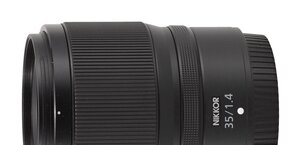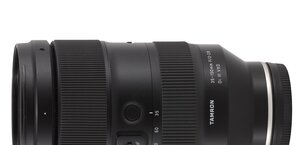Canon EF 8-15 mm f/4 L Fisheye USM
7. Coma, astigmatism and bokeh

The assessment of astigmatism in fisheye lenses is always burdened with a lot of error. Because of image deformations the resolution measurement fields in the frame centre are moved much further away from the centre than in typical rectilinear lenses. Due to that fact the result we get is higher than in reality. Taking into account the fact that the value we got was 3.5% and that it constitutes rather the upper limit of the astigmatism, we can say this aberration is corrected by the Canon 8-15 mm in a perfect way.
Please Support UsIf you enjoy our reviews and articles, and you want us to continue our work please, support our website by donating through PayPal. The funds are going to be used for paying our editorial team, renting servers, and equipping our testing studio; only that way we will be able to continue providing you interesting content for free. |
- - - - - - - - - - - - - - - - - - - - - - - - - - - - - - - - - - - - - - - - - - - - - - - -
The huge depth of field you get in fisheye lenses means we not often deal with big areas of fuzziness. They are the easiest to spot at 15 mm focal length so, to assess the bokeh, we present unfocused photos of a diode taken at that focal value exactly.







